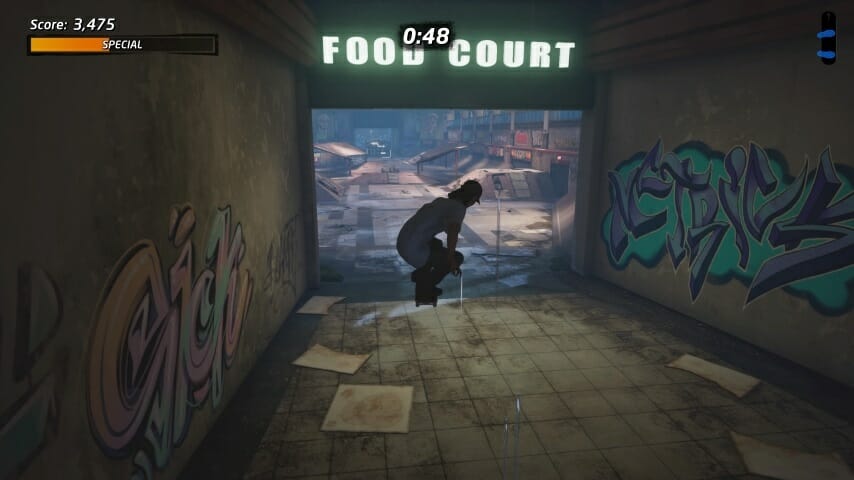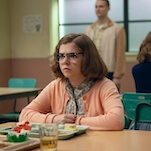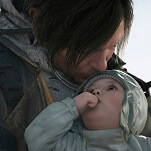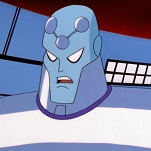Tony Hawk’s Pro Skater 1 + 2 Wants you to Feel Every Second of the Last 20 Years
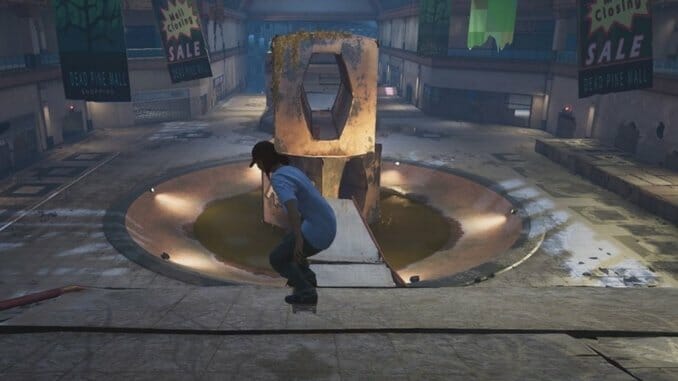
The original Tony Hawk’s Pro Skater turns 21 later this month, and I’m going to go crumble into dust now.
That first Tony Hawk game was pretty much an instant phenomenon, and one thing that really stuck out to me at the time was how fresh and of-its-moment it felt. Yes, skating has been a vital subculture since the ‘80s, and skate culture in 1999 was still deeply indebted to that ‘80s heyday, but between the popularity of the then-new X Games, the opening of family-friendly skating centers at suburban malls, and the success of skate-adjacent pop-punk on MTV and commercial radio, the late ‘90s is when skate culture firmly established itself within the mainstream. And here came Tony Hawk’s Pro Skater helping to lead the charge, while also innovating in the realm of licensed videogame soundtracks.
That first game, and its 2000 sequel, have been remastered and released for modern platforms under the name Tony Hawk’s Pro Skater 1 + 2. Here’s me playing two minutes of it. And if its sheer existence, and the fact that it’s been over 20 years since the first one came out, didn’t make you feel old enough, the game intentionally goes out of its way to make you feel every single second of the last two decades.
It starts with the opening video. These games have always kicked off with real life footage of the professional skaters within the game in action—picking up speed, landing tricks, grinding rails, and often bailing hard after something went wrong. The new game starts the same way, with footage that looks as if it was shot on videotape and played on VHS. It quickly bleeds into a full-screen, high-def, 4K image, where it becomes apparent that we’re seeing new (or at least recent) footage of Hawk and the original game’s other skaters (that original lineup is here in full). You can tell these twenty and thirtysomethings from 1999 are now older, greyer, decidedly middle-aged. We basically see them age two decades in an instant, as the technology of the ‘90s gives way to the technology of today.
I whole-heartedly endorse the decision to show these skaters at their current age. Embracing change and the passage of time is almost always a good thing. Here it helps connect the game to its legacy by acknowledging how these people have changed since 1999. So no complaints here about any of that. Of course it also underlines how much can happen in 20 years, even as that time feels like a snap of the finger while you’re living it.
Tony Hawk’s Pro Skater 1 + 2 also doesn’t try to run from the climate into which it was released. The school level places this game definitively in the year 2020. There’s a large video screen overlooking the pool on the backside of the school, and on it you can see a message clearly referencing the pandemic and the rise of distance learning in the spring. It’s a small detail—one you’re liable to miss—but it reinforces the game’s commitment to embracing the real world and all the ways it has changed since we first played these levels.
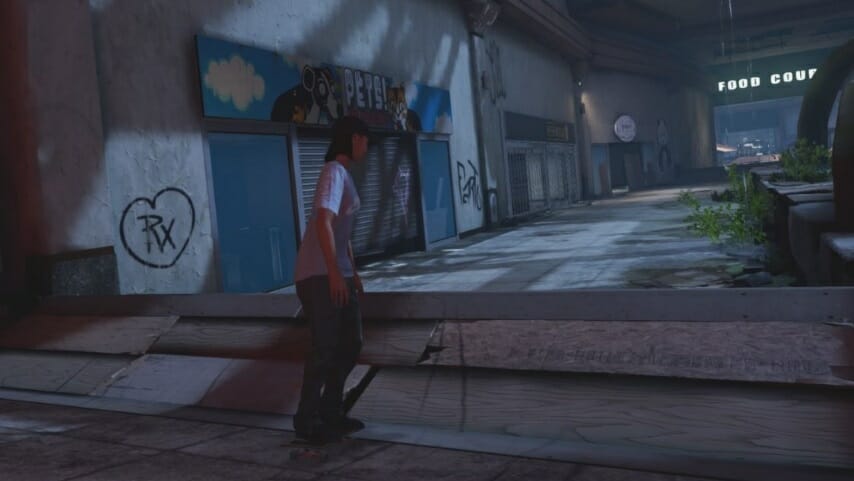
The clearest in-game example of how Tony Hawk’s Pro Skater has aged in real time can be found in the mall level, though. This mall was struggling in ‘99, but stores were still in business. There was still product on the shelves. The water still flowed through that elaborate water feature in the middle of the mall. The walkway between the mall and the parking garage was still being maintained by somebody. Tony Hawk’s Pro Skater hinted at the problems facing the shopping mall in 1999, but the new game relishes in showing how that decline has accelerated in the decades since.
Even in ‘99, the allure of the dead mall had already taken hold in pop culture. Older and smaller malls were already starting to feel the pinch in the late ‘90s, from the expansion of big box stores like Target, Best Buy and Wal-Mart; from the rise of online shopping (then still a drop in the bucket compared to brick-and-mortar retail); and from the continued development of bigger, newer, fancier malls. It’s accelerated in the times since, though, as online shopping has become dominant and three different financial collapses have killed off dozens of once-popular chains.
